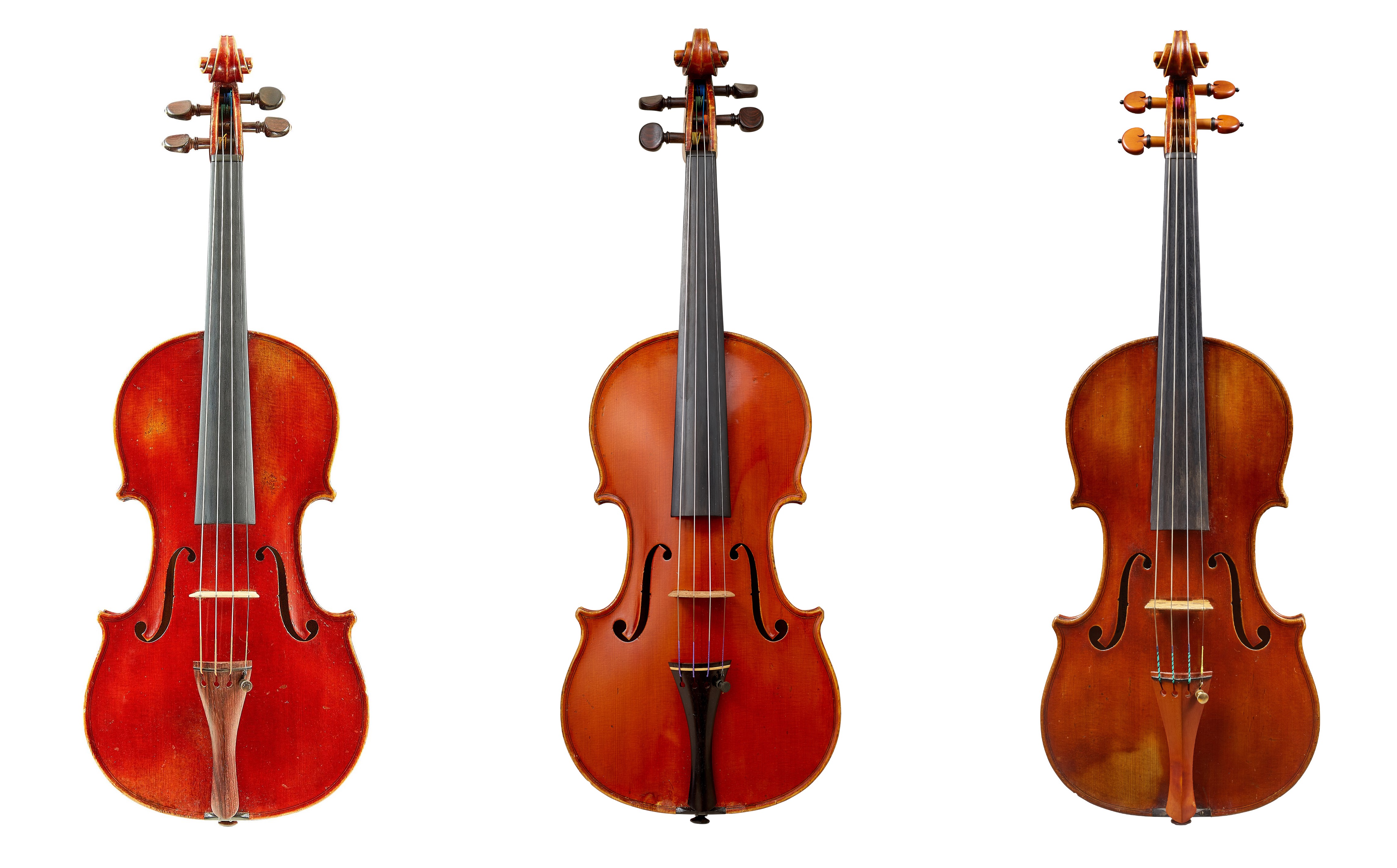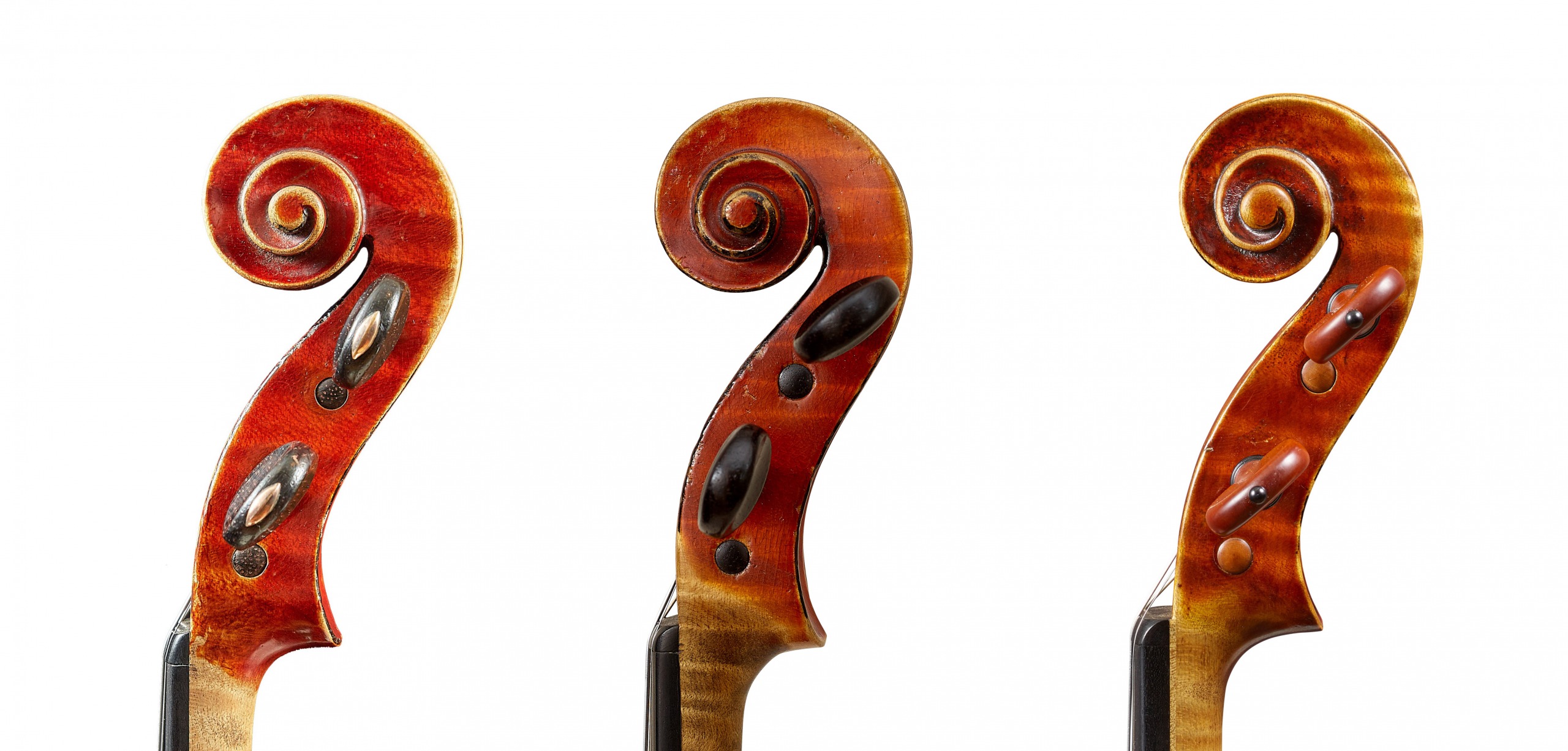â æ¥æã»ææå®ä¼
Closed on Sundays & Mondays
10:30ï½18:30
112-0002 æ±äº¬é½æ京åºå°ç³å·2-2-13 1F
1F 2-2-13 Koishikawa, Bunkyo-ku,
Tokyo 112-0002 JAPAN
å¾æ¥½åé§
丸ã®å
ç·ã4båºå£ã ååç·ã8çªåºå£ã
KORAKUEN Station (M22, N11)
æ¥æ¥é§
ä¸ç°ç·ã»å¤§æ±æ¸ç·ã6çªåºå£ã
KASUGA Station (E07)
- 03-5803-6969+81 3 5803 6969
- 03-5803-6969+81 3 5803 6969
- ãåãåãããã©ã¼ã Inquiry Form ãåãåãããã©ã¼ã Inquiry Form ãåãåãããã©ã¼ã Inquiry Form
- æ¯æ¿ãäºç´ï¼PC & æºå¸¯ããï¼Reservation for Rehairing

Dictionary of Makers
- All
- Violin Maker
- Fagnola, Annibale
Annibale Fagnola
Violin Makerã
1866-1939
TurinItaly
Annibale Fagnola was one often children born to afam- .r\..ily of farmers in Montiglio, about 50km from Turin. He served apprenticeships as a baker and as a mechanic in the town of his birth, and probably gained some experience in instrument making there, before moving to Turin in 1894. He established his own workshop the following year, and was helped in his early career by the dealer and collector Orazio Roggero. In 1906 he won medals at the Genoa and Milan exhibitions, and with this recognition came commercial success.
Fagnola's early works are often faithful copies of the great makers of the past, notably Stradivari, Guadagnini (see pp. 182-183), Pressenda and Rocca, and the deepred varnish of this period shows a desire to emulate his Turinese predecessors. As his career progressed his own personality began to assert itself in his work, although Pressenda remained a strong influence, and many of his best instruments are built on that model (see the 1925 violin on pp. 180-181). His reputation spread internation- ally from about 1910, first to England and then to the USA, and by 1930 his work was well known to the Hills and Beares in London, and to Wurlitzer in New York. His instruments are consistently beautifully executed, and he used only materials of the highest quality. Tonally, he achieved excellent results, and today he ranks as one of the leading makers of the modern Italian school.




